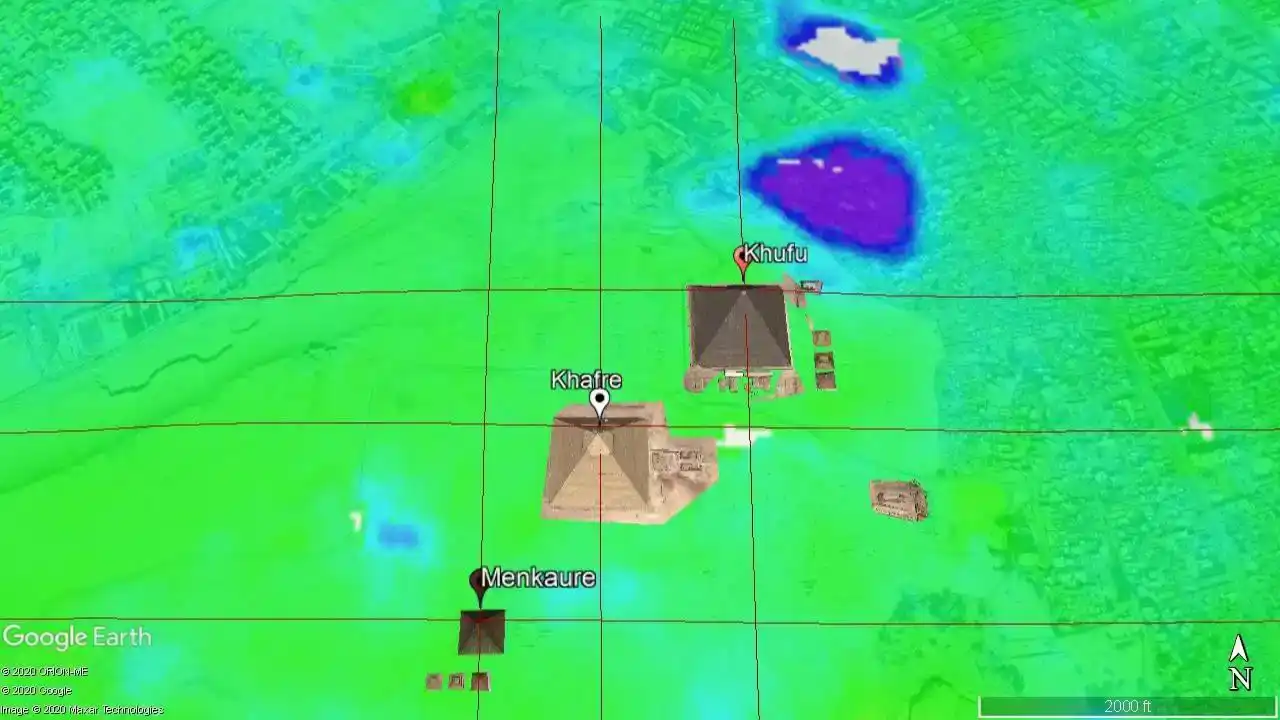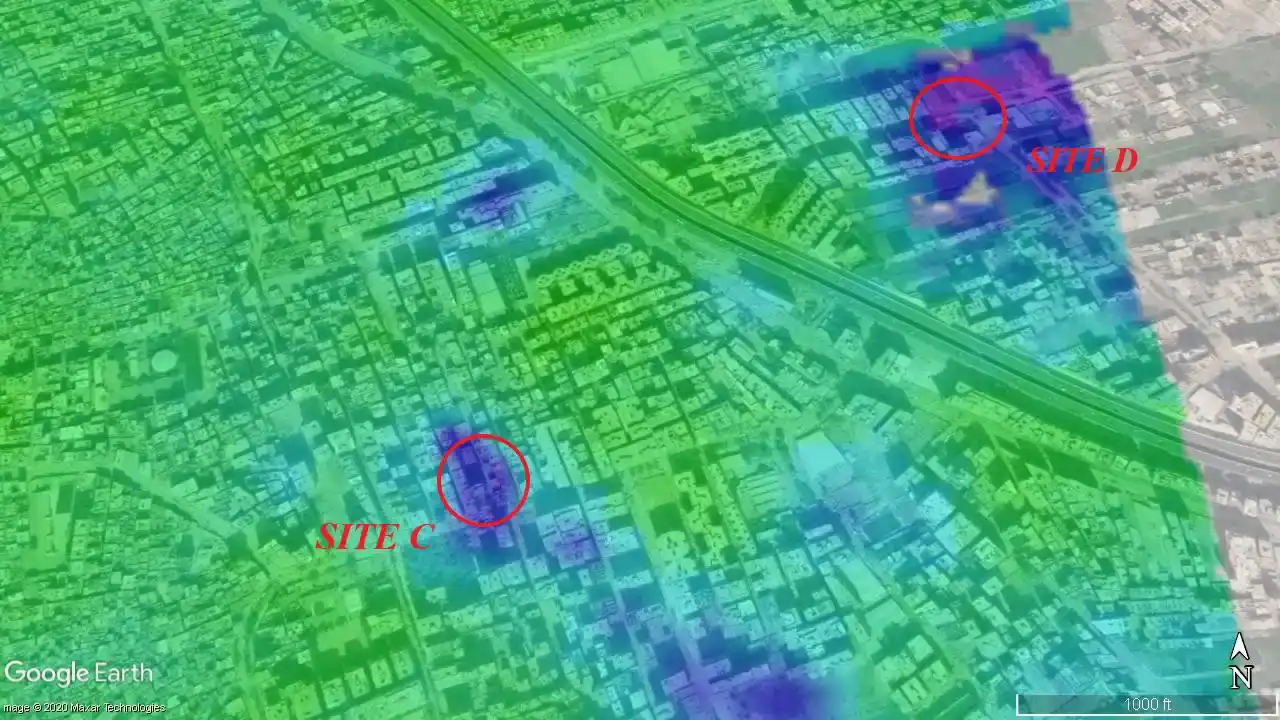The Giza Plateau is home to some of the most treasured symbols of human history. The Great Pyramids of Khufu, Khafre, and Menkaure. Built over 4,500 years ago, these monumental structures have endured the test of time as the last surviving wonder of the ancient world, exemplifying both the ingenuity of early civilizations and the cultural identity of Egypt.
However, the stability of these iconic structures is under growing threat. Urban expansion is bringing roads and buildings dangerously close, while rising groundwater, changing temperatures, and strong desert winds are gradually impacting the ground and surrounding environment. Without effective monitoring, these hidden dangers can lead to significant damage over time.
To protect these collective treasures, a reliable and non-intrusive method was essential for detecting even the slightest ground movements. The challenge lay in leveraging modern technology to deliver precise, detailed data on the pyramids' stability, all while ensuring that the historical site remains undisturbed.





